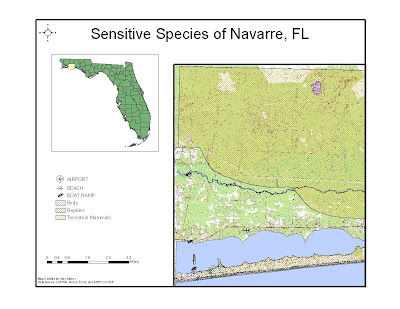Today, Geographic Information Systems (GIS) plays an important role in disaster response and recovery. For example, it can be used to assess the extent of damage, provide infrastructure data to response teams, assist in the allocation of aid funds, and keep the community informed among many other uses.
GIS is used to assess the damage from a disaster by providing visual maps of the area of damage and the extent of the damage. In the Deep Horizon Oil Spill, GIS has been used to provide information to the public as well as recovery and aid units. Using GIS, we know the location of the pipe, the spread of the oil and the possible trajectory of the spill. This data has been integral in allowing communities along the coasts to prepare and be proactive in mitigating the damage as the spill progresses.
Response teams use infrastructure data to speed up their recovery efforts. It can provide them with information on damaged roadways, water infrastructure and electricity grids. With this information at hand they are able to make the best decisions for the speediest recovery. With infrastructure data, the Deep Horizon recovery has been able to find the best locations for ports, command centers and staging areas.
Part of disaster response and recovery includes allocating the aid funds and assessing those in most need of aid. GIS is able to provide visual information of the most damaged areas, and those most in need. Once the Deep Horizon well is shut down, assessment of the damage and hardest hit areas will be next in the recovery steps. The government and BP will have to make decisions on who, where and how the aid will be distributed.
Using GIS, the government and BP have been able to keep the world informed about the Deep Horizon oil spill. Maps have been used to display the movement of the oil, the extent of the shoreline damage, and damage to sensitive wildlife habitats.











